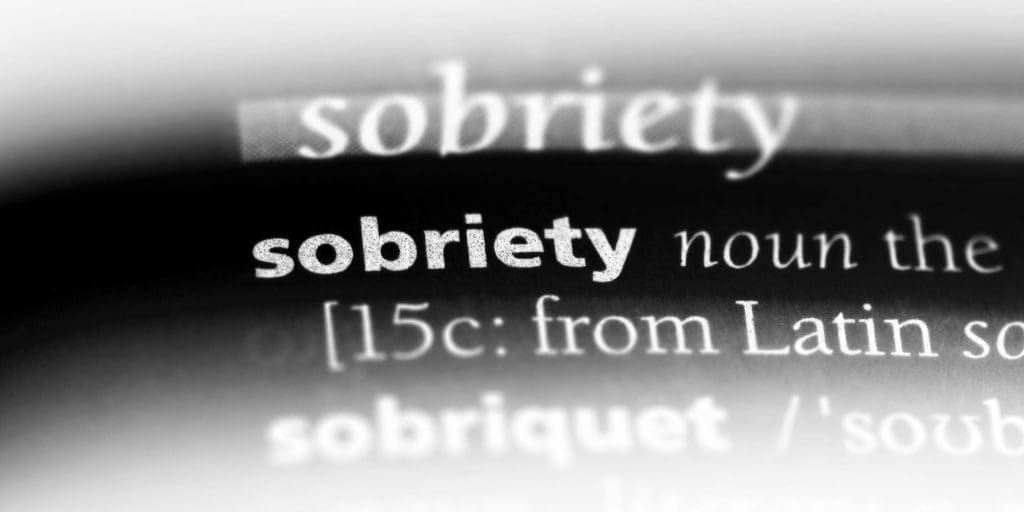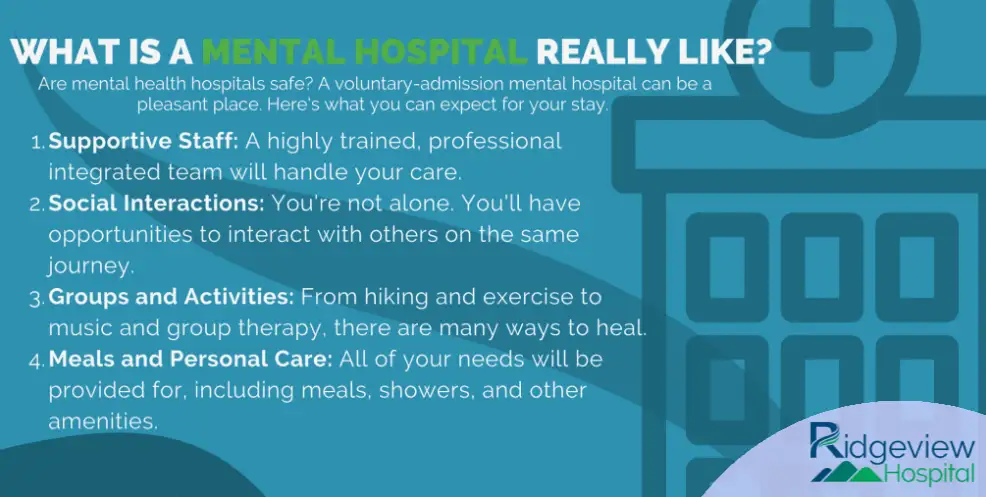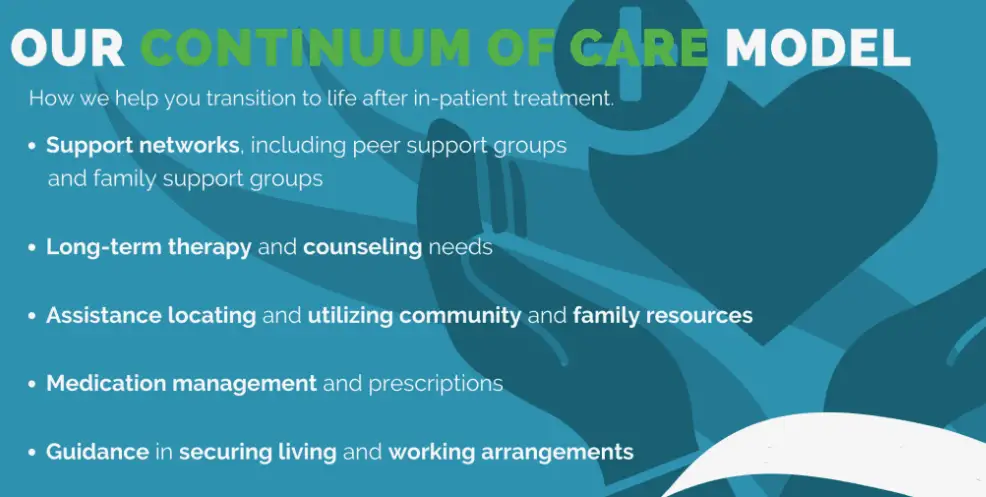For some people, it’s possible to stop abusing a substance but continue to have an active addiction. Physical sobriety is when a person stops drinking alcohol or using drugs entirely. However, some individuals find staying emotionally sober after leaving treatment centers incredibly difficult. If you are one of them, you might be struggling with emotional sobriety.
What Is Emotional Sobriety?

You already know that physical sobriety means abstaining from harmful, addictive substances. However, you might not know that addiction recovery goes beyond being physically sober. While the primary focus of rehab is to help you quit drugs and alcohol, another critical aspect is addressing any underlying negative emotions that may be contributing to your addiction. That’s why finding a rehab center with experience treating both physical and emotional sobriety is crucial.
The term “emotional sobriety” was introduced around 65 years ago when Alcoholics Anonymous founder Bill Wilson penned an article called “The Next Frontier: Emotional Sobriety.” Wilson’s article linked long-lasting sobriety to having a healthy mindset, which is when a person’s state of mind is even-keeled and keeps them from relapsing. Furthermore, acute psychiatric distress and relapse can occur when a person with an unhealthy frame of mind experiences a trigger that generates an intense negative emotion.
For example, one person’s emotional trigger might be fighting. Therefore, whenever they’re in the middle of an argument, they may start to experience symptoms like:
- Anxiety
- Nausea
- Dizziness
- Shaking
- Rapid heart rate
- Chest pain
- Anger
- Sadness
It can be challenging to identify your specific triggers, but looking for these feelings can help you identify if something is posing a threat to your emotional sobriety.
What Does Emotional Sobriety Look Like?
Emotional sobriety looks like walking away from a situation you know is not good for your mental health or conducive to recovery. For example, an emotionally balanced person can recognize when they’re on the edge of an emotional outburst and reign in their emotions instead of letting them take over.
Emotional sobriety can show up in many ways, like when:
- You maintain a sense of equilibrium in your life
- Surprising developments don’t throw you off course
- You find you’re living in the present moment
- You gain self-confidence
- The opinions and actions of others don’t sway you
- You maintain clear and sincere connections with others
- You engage in healthy activities
- You use the strategies you learned in treatment to deal with your emotions
- You are aware of how your daily habits and patterns influence your emotions
- Your emotional state does not rule you
However, emotional sobriety is not always easily achievable because it’s about more than just avoiding certain substances.
How to Practice Emotional Sobriety

Practicing emotional sobriety is about sitting with your emotions, even if they’re uncomfortable, and still refraining from drinking or using drugs. Furthermore, you should know that emotional sobriety does not happen immediately. Instead, you must work on it daily until your emotions no longer control you.
However, emotional sobriety doesn’t mean you must always be happy. Instead, it’s an opportunity to look inward and practice techniques that help you be more mindful of your feelings.
Instead of avoiding your negative feelings, take this chance to ask questions, such as:
- Why am I feeling this way?
- What triggered this reaction?
- How can I positively address this emotion?
In addition, there are many activities a person can do to practice emotional sobriety, including:
- Using healthy coping mechanisms to process emotions as they arise
- Keeping a journal or meditating to help you reflect on your feelings
- Eating a nutritious diet, exercising routinely, and getting proper sleep
- Nurturing your relationships with friends and family members
- Finding hobbies that help you manage stress, such as sewing or reading
- Practicing mindfulness and gratitude every day
Changing old habits is not an easy task to undertake, and it’s common to have setbacks. However, with commitment, determination, and help from Ridgeview Hospital, the positive effects of emotional sobriety will gradually begin to take hold.
How Ridgeview Hospital Can Help
When you enroll at Ridgeview Hospital, you are taught techniques that can be applied even after you’ve left. With that being said, emotional sobriety starts when individuals receive dual diagnosis treatment for both their addiction and any coexisting mental health disorder.
If you have a dual diagnosis, co-occurring substance use treatment is one of the most effective treatment programs you can partake in. While participating in this program, you will learn ways to treat the symptoms of your addiction and psychiatric illness through a combination of methods.
Our co-occurring substance use treatment options include:
- Cognitive behavioral therapy
- Group therapy
- Recreational therapy
- Relapse prevention planning
- 12-step programming
In addition, Ridgeview Hospital’s adult psychiatric program is designed to be comprehensive enough to treat various mental health issues but flexible enough to accommodate individual patient needs.
Achieve Long-term Sobriety at Ridgeview Hospital
At Ridgeview Hospital, our Middle Point, Ohio, center is dedicated to helping people get clarity by finding physical and emotional sobriety. In addition, our adult mental health program is designed to help you overcome your addiction and establish a strong foundation for sustained recovery.
From the moment you arrive, our team will work with you to create a plan to help you maintain physical and emotional sobriety.





















